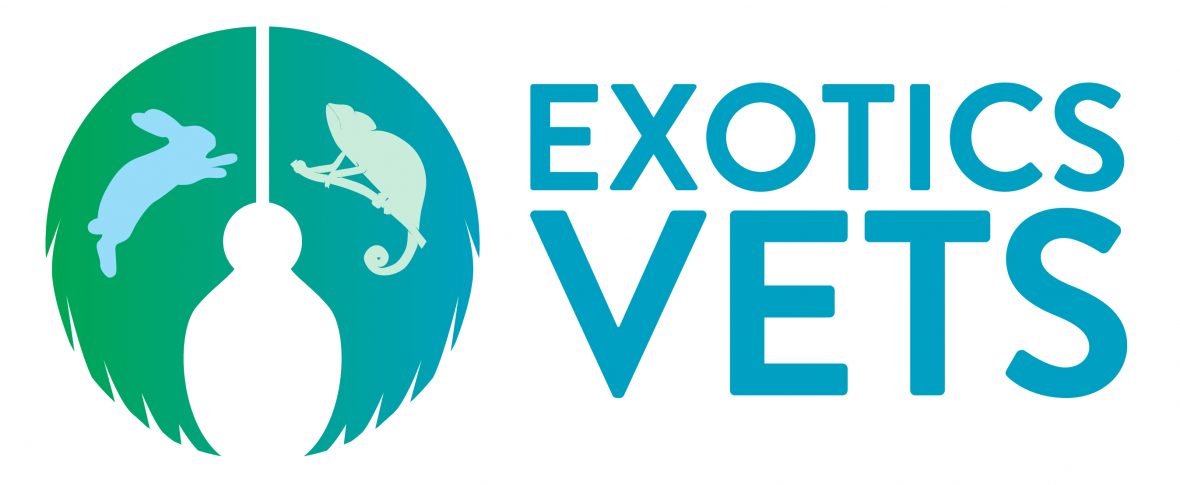What is perineal soiling?
When you see faeces around the rectum of a rabbit or guinea pig, more commonly it is not true diarrhoea, but perineal soiling.
But what is perineal soiling?
Well as we may know, rabbits produce two types of faeces:
-
Normal hard faeces- this stuff is poo, high in fibre, low in value, your stereotypical droppings.
-
Caecotrophs – these are high in fatty acids, or energy, and nutrients/vitamins! Rabbits usually eat these to get a second pass at nutrients filtered out during digestion and also to gain the fatty acids produced by the bacteria in the caecum. Brown gold.
If a rabbit isn’t eating these caecotrophs, there is usually a pretty good reason, potential reasons of caecotroph soiling include:
-
Diet!!!
-
Husbandry
-
Systemic disease inhibiting normal motion or grooming – commonly obesity and arthritis, or a physical anatomical deformity or trauma preventing normal grooming and ingestion of caecotrophs.
-
Behavioural
-
Parasitic – the cause of diarrhoea is usually Eimeria or intestinal worms.
True diarrhoea is rare in rabbits, but if it does occur, you will have no normal hard faeces present, in a clinically unwell “sick” dull rabbit, with sudden onset and inappetance. Usually this is caused by an intestinal parasite, such as the coccidia – Eimeria spp.
However most often, as is frequently the case in small mammals, the problems come down to, diet and husbandry. In cases of caecotroph soiling your rabbit should present with soft faeces, but be eating well, be bright and alert and still be eating.
So how does it happen?
Hygiene and husbandry:
If your rabbits enclosure is too small, has a filthy substrate, or has not been cleaned enough, faeces may just build up. This is of course bad and should be cleaned!
If the enclosure is too small, your rabbit or guinea pig may not be able to turn around to groom properly, and thus poo will accumulate.
So give your rabbits space, house them on clean substrate and clean their enclosure regularily. Tick!
Diet:
The slightly harder one to address, but is commonly an issue and underlying cause of problems in rabbits and guinea pigs.
For an indepth review of diet, check out these articles:
But why can diet affect caecotrophs?
You are what you eat!
But more directly, caecotroph quality, quantity and ingestion can be affected by:
-
Low fibre – lower fibre will slow down gut motility, decreasing frequency of caecotrophs being produced, and may result in a sick, inappetant rabbit!
-
High protein – decreases caecotroph ingestion, as your rabbit or cavy is already getting a lot of protein initially from their food, so why would they eat poo? Caecotrophs are still produced, just not eaten. You may also end up with an obese rabbit, which will compound this problem.
-
High carbohydrates – once again, high carbs intially so why eat poo? Carbohydrates will decrease the amount of caecotrophs produced and will speed up gastrointestinal time – producing more soft faeces, which may cake around the rectum. Bad news.
So the best method of prevention here is a – high fibre, low protein, low carbohydrate hay and greens diet.
|
Caecotroph soiling
|
Diarrhoea soiling
|
|
Faeces soft
|
Faeces liquid
|
|
Hard faeces produced
|
Hard faeces not produced
|
|
Bright and active
|
Dull and listless
|
|
Eating well
|
Inappetant
|
|
Chronic
|
Acute
|
Source – Vella, D. CVE. Time Online -Rabbits and Rodents 2018.
Depending on the cause, if your patient is presented early, the prognosis is good, with severe disease (inflammation/myiasis) this decreases to grave to poor…
If the faeces remain soiled around the perineal region, and your rabbit is outdoors with fly access, then myiasis (fly strike) can occur.
Just like little sheep!
Myiasis is a serious and potentially fatal condition in rabbits, within 72 hours maggots can cause significant tissue damage, causing pain, inappetance, gi stasis, severe inflammation and in the worst circumstances, septicaemia, shock and death.
It is of course, something best avoided!
Treatment
This is very much a situation of resolving clinical signs, and stabilising a potentially very sick bunny. It’s important to remove any soiling via cleaning, before the situation progresses to severe inflammation or myiasis.
-
Clean and remove any soiled areas – this may include maggots, in which case sedation or a general anaesthetic may be required. Clip and clean using chlorhexidine.
-
Depending on tissue damage – anti-inflammatories or healing agents may be required in the perineal area
-
NSAIDs – ketoprofen gel
-
Anti-inflammatories – fusidic acid (Fucidin), silver sulphadiazine (flamazine)
-
Manuka honey
-
-
+/- anti-parasitics – injectable ivermectin as one option off label.
-
Analgesia
-
+/-antibiotics if tissue damage has occured
-
Supportive care – prokinetics, fluids, warmth
Prevention
What caused this problem? Most commonly it is a side effect of a poor diet and poor husbandry, if so it can be prevented by correcting issues in:
-
Husbandry and Hygiene
-
Fly/mosquito netting if applicable, or housing your rabbit indoors to prevent fly strike
Hop to it!
References
-
CVE. Rabbits and Rodents. Common Problems. Time Online. 2018.
-
Melbourne Rabbit Clinic. Rabbit & Guinea Pig Emergency Manual 2014. MRC. 2014.
